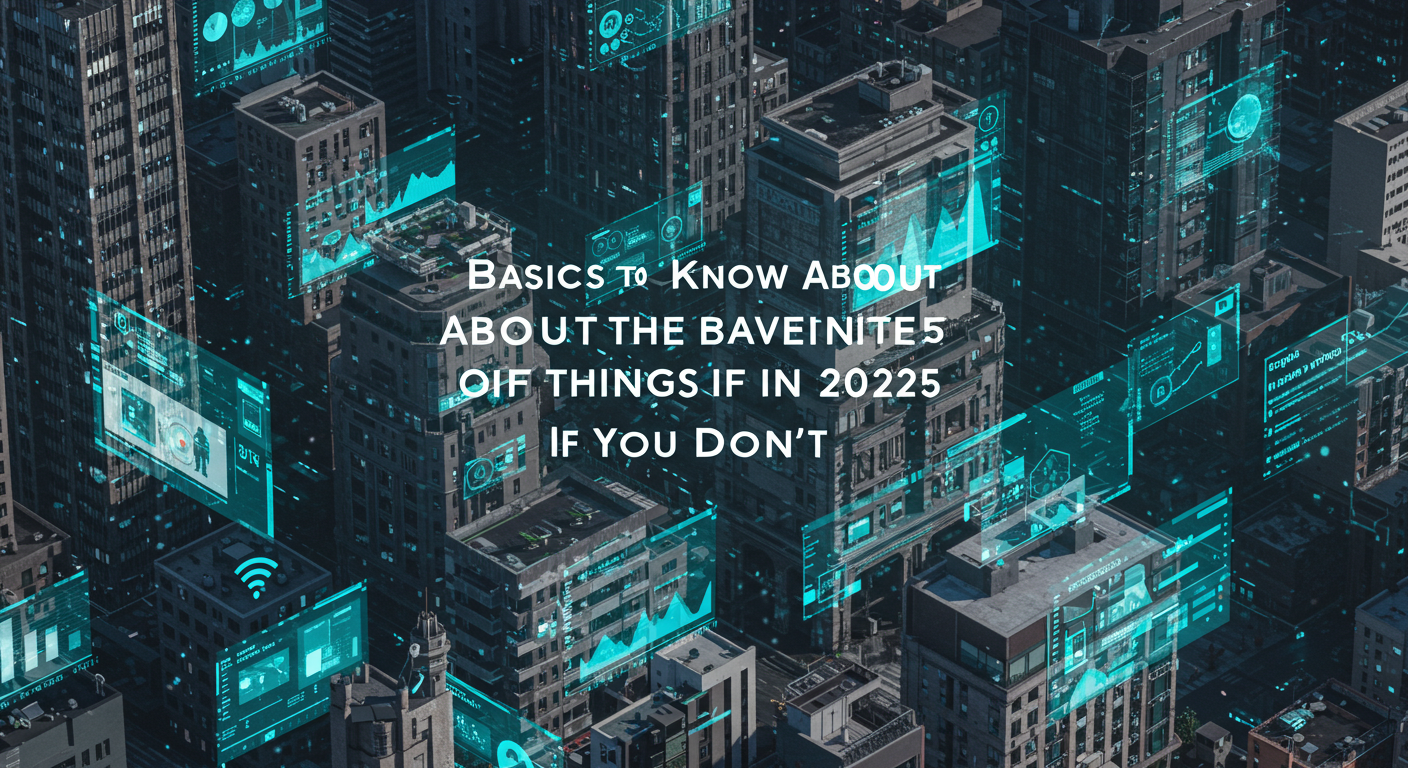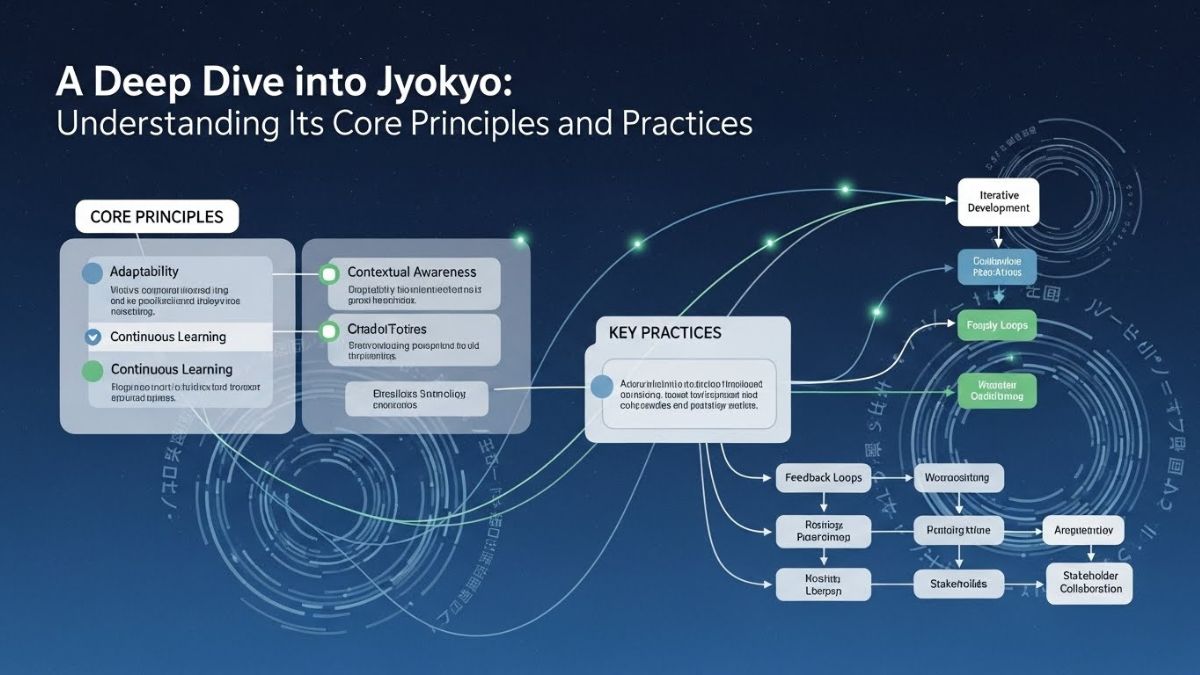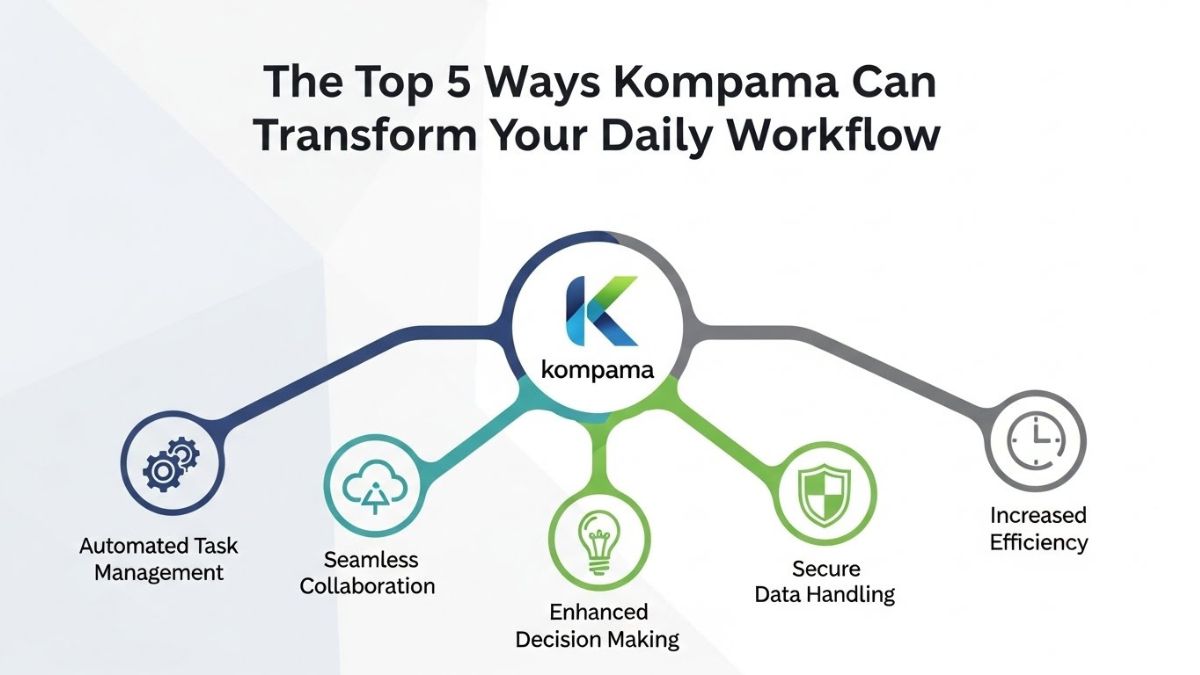The Internet of Things (IoT) is revolutionizing our lives by streamlining human processes and freeing up valuable time for people. However, the question that comes to mind is, are these devices making us more vulnerable to hacks and personal attacks?
The answer to this is not simple.
It does condense into a ‘YES,’ but only if you are not being vigilant with your usage of technology.
IoT tech is all about information and that is what needs to be protected. This information is stored and transmitted through these IoT devices. But its main source of transfer is the Internet– the medium to make IoT devices interconnected for people.
For this, you need a sound and secure connection to keep your IoT devices running impeccably. We recommend a reliable provider like Xfinity that comes with xFi Gateway with advanced security features and WiFi 6E technology. You can contact Xfinity customer services to get more information on the connection and plans.
Anyway, read more about what IoT is, its usage, security, and future implications. Let’s dive in!
Understanding the Internet of Things
The IoT tech is a set of devices that are interrelated to each other. This technology can collect and transfer data over a wireless network, such as WiFi without the help of humans or assistance.
In computer terms, anything that can be assigned an Internet protocol address and transfer data over a network can be part of the IoT. This can be a home system or a smart gadget for flicking on your lights.
An example would be the devices capable of connecting to the internet and performing functions without human input. This can also include a heart-monitoring device controlled with the help of an application, connected via the internet.
Do you now see why this information access can hold problems if not protected? Let’s read about some usage of the IoT and its implications.
Usage of the Internet of Things
There are so many different ways IoT can work. Some of the devices or applications are:
Wearables: Some examples can be seen in our daily lives, such as fitness trackers, smartwatches, smart glasses, and virtual reality devices like headsets.
Smart Homes: Wireless kitchen appliances and smart tools like lighting, doors and windows, blinds, vacuums, and utility meters turn houses into smart homes.
E-commerce: People can now see 3D and 4D visuals of products and even test them in real-time. This ensures thoughtful spending and saves time shopping online.
Telehealth: The delivery of medication and health services online, such as remote medical diagnoses, digital communication of medical imaging, and video consultation, doctors can stay connected to the patient from anywhere.
Smart Cities: This includes the entire urban infrastructure managed with smart tools to oversee traffic management, monitor road conditions, and find lawbreakers. And it goes beyond these to ensure energy efficiency, optimize lighting, streamline waste management, and much more.
The Implications Of the Internet of Things
Unlimited Data: People can find unlimited data and information online. Big data is making advancements and information is readily available, with people more prone to the risk of this information being compromised.
Vulnerable to Hacking: With a lot of data online and transferring between devices with no safety provision, it creates a vulnerability for hacking.
Personal Data Compromised: Due to the vulnerability of data breaches, personal data is more at risk now than ever, which has to be controlled through encryption and data safekeeping on the cloud.
Monitor & Control: Lastly, with sudden changes, data is at risk. Thus, there has to be more control and monitoring of data and devices, both through governmental cybercrime laws and safeguards by manufacturers of IoT devices.
The Future of the Internet of Things
For this technology to be most useful to the people and the societal institutes, it has to improve in certain fields.
It has to focus on taking security seriously and work to provide safer transfer of data and communication between IoT devices. This can work with embedded security and end-to-end encryption, as well as the use of AI, blockchain, and edge computing solutions to keep the system cyber-attack and malware-free.
But the question is, will this data bank exhaust all safety measures at some point? Well, this is something debatable.
Besides security, the future of now holds a huge potential in AI and 5G networks growing within IoT devices, making them secure, and easy to use for multi-function projects.
This will help companies to establish efficiency in their process, help the public to build smoother lifestyles, and create better economies.
The future holds unlimited possibilities with new tech advancements –exploration is undefined and the world is moving to new heights as we write this.











